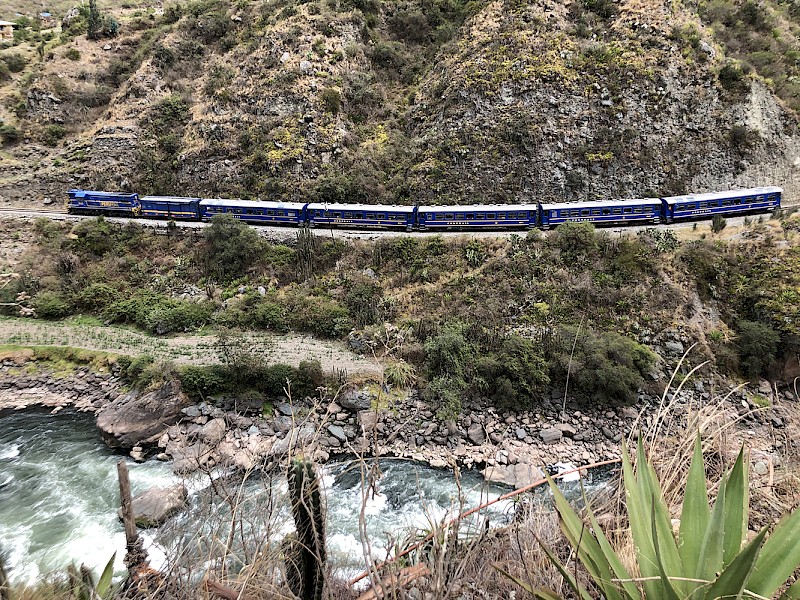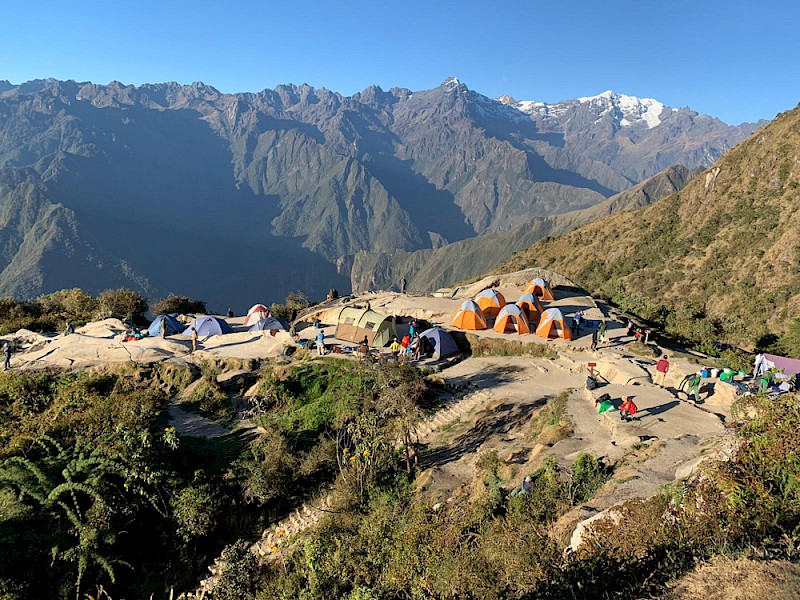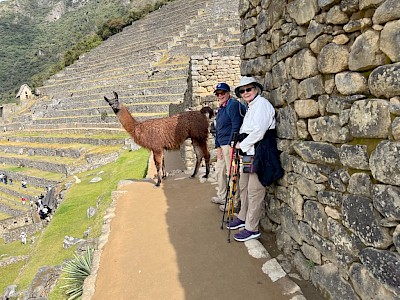Machu Picchu
![This image has been cropped and photoedited. Martin St-Amant (S23678) [CC BY-SA 3.0 (http://creativecommons.org/licenses/by-sa/3.0/)]](/site/assets/files/1050/matchu-piccu-panorama.jpg)
Machu Picchu is located atop a steep, rugged mountain in the Andes of Peru. This lost city with massive ruins, perfect masonry, and strange architecture has baffled researchers for years. The Inca trail to this mysterious city, built in the 15th century by extraordinary craftsmen, is a remarkable journey.




